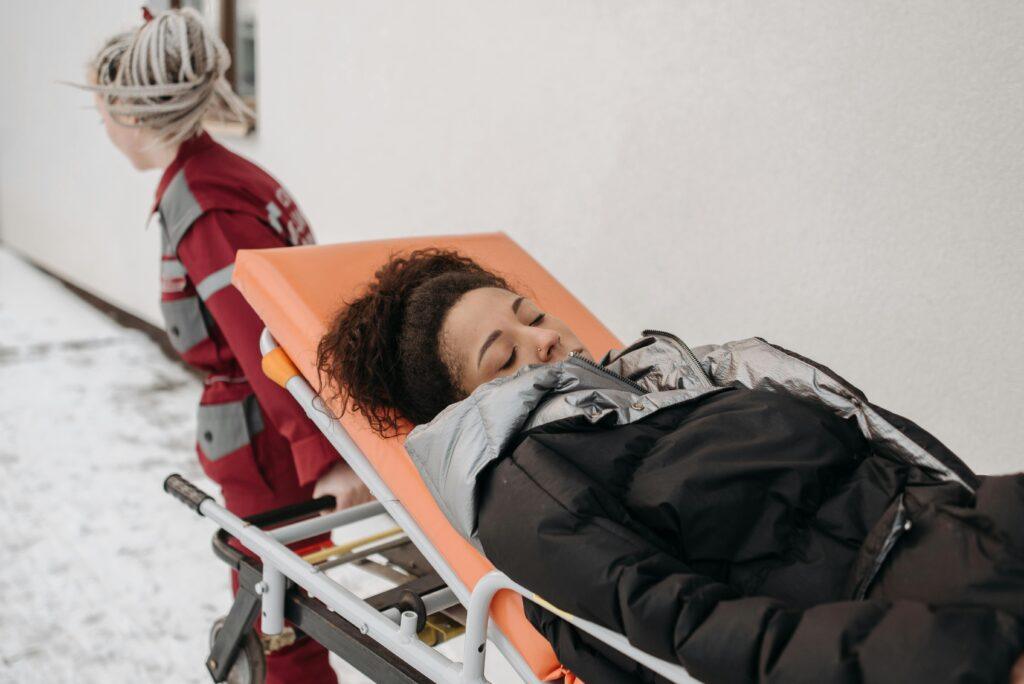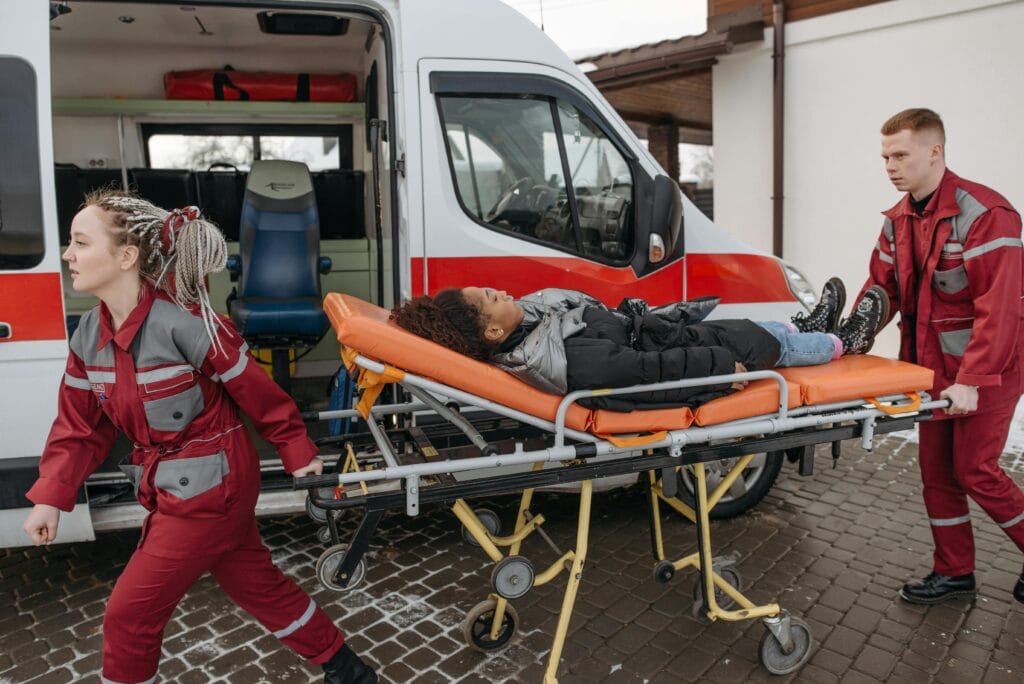
The Principles of Anastomoses: Techniques and Best Practices
Introduction Anastomosis is a fundamental surgical technique used to reconnect tubular structures like the bowel or blood vessels after resection or bypass procedures. Derived from the Greek words ana (without) and stoma (mouth), it reflects the joining of two hollow structures. Over time, surgical methods have evolved, from basic exteriorization to advanced stapling techniques. This article explores the key […]
The Principles of Anastomoses: Techniques and Best Practices Read Post »









